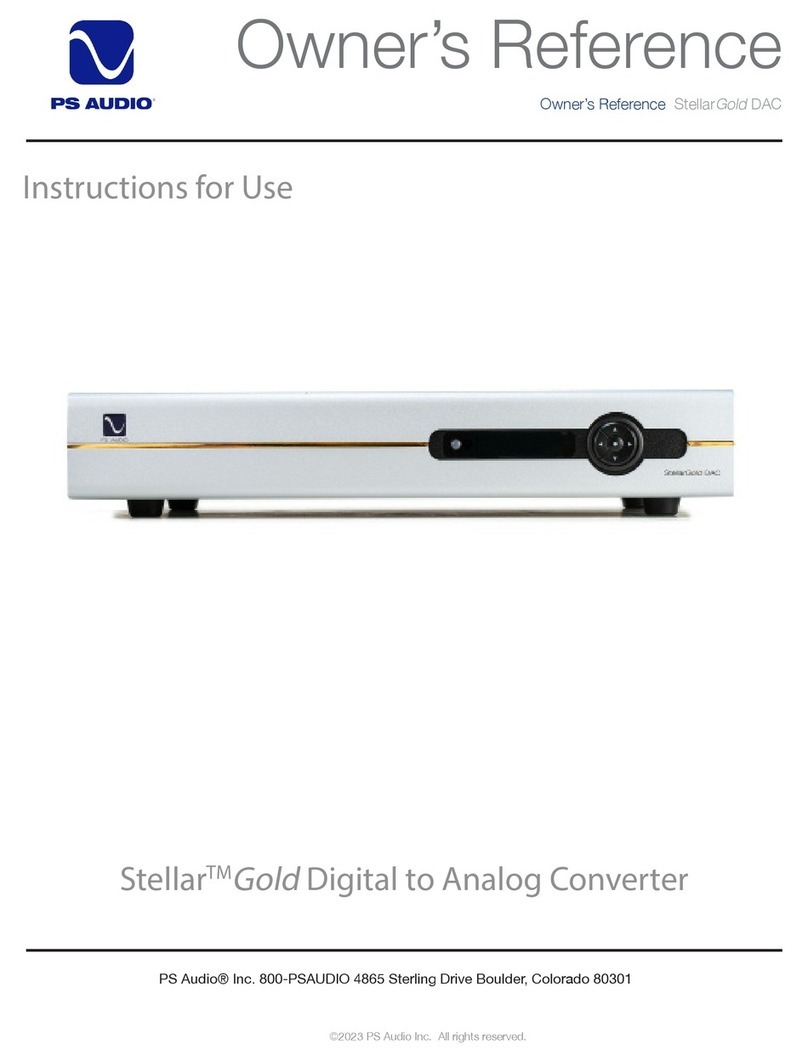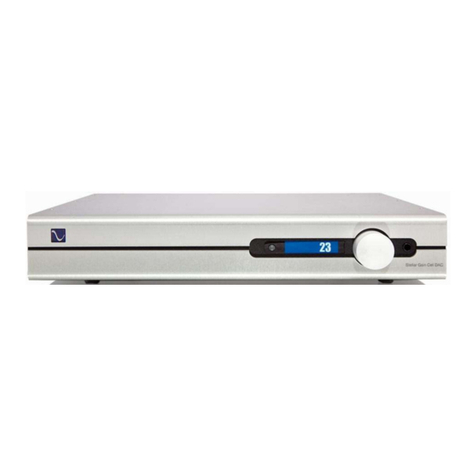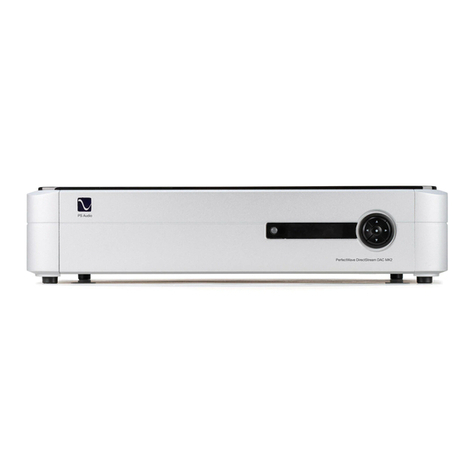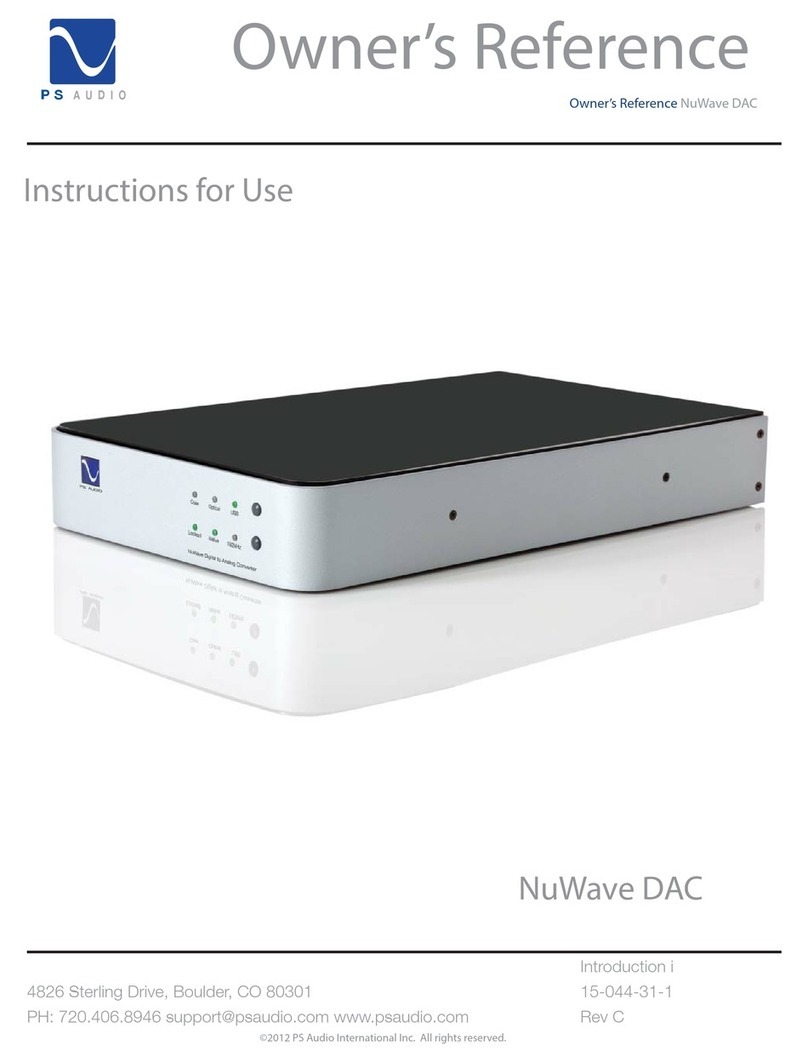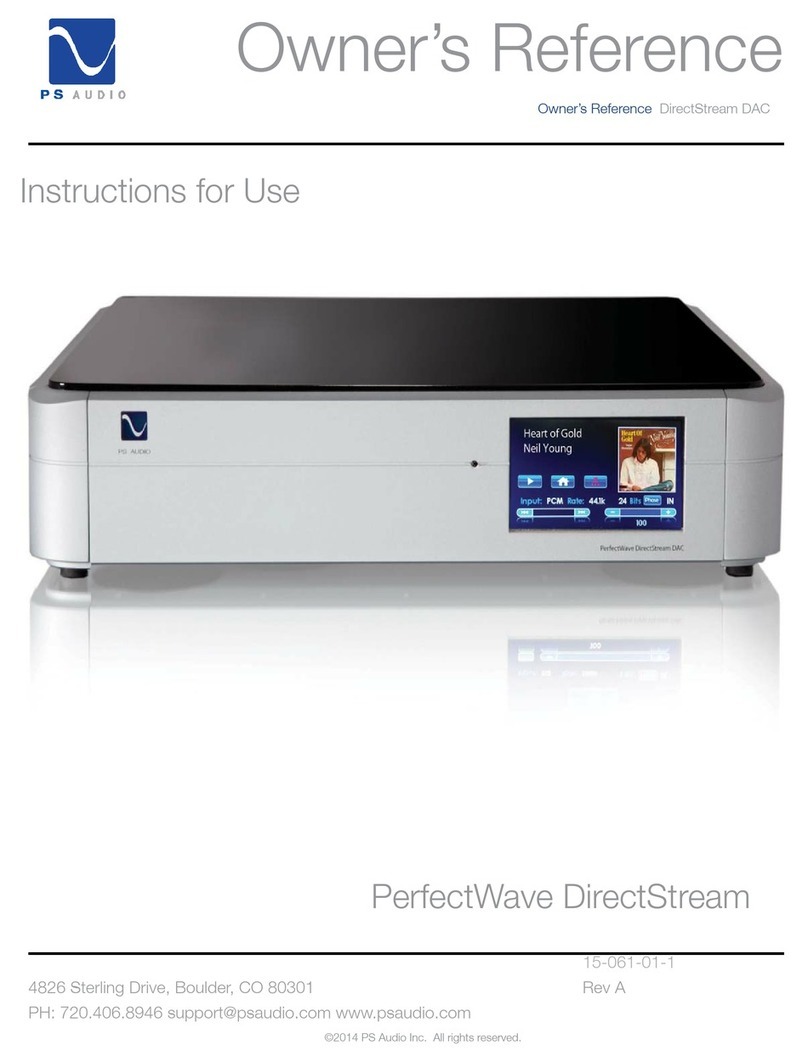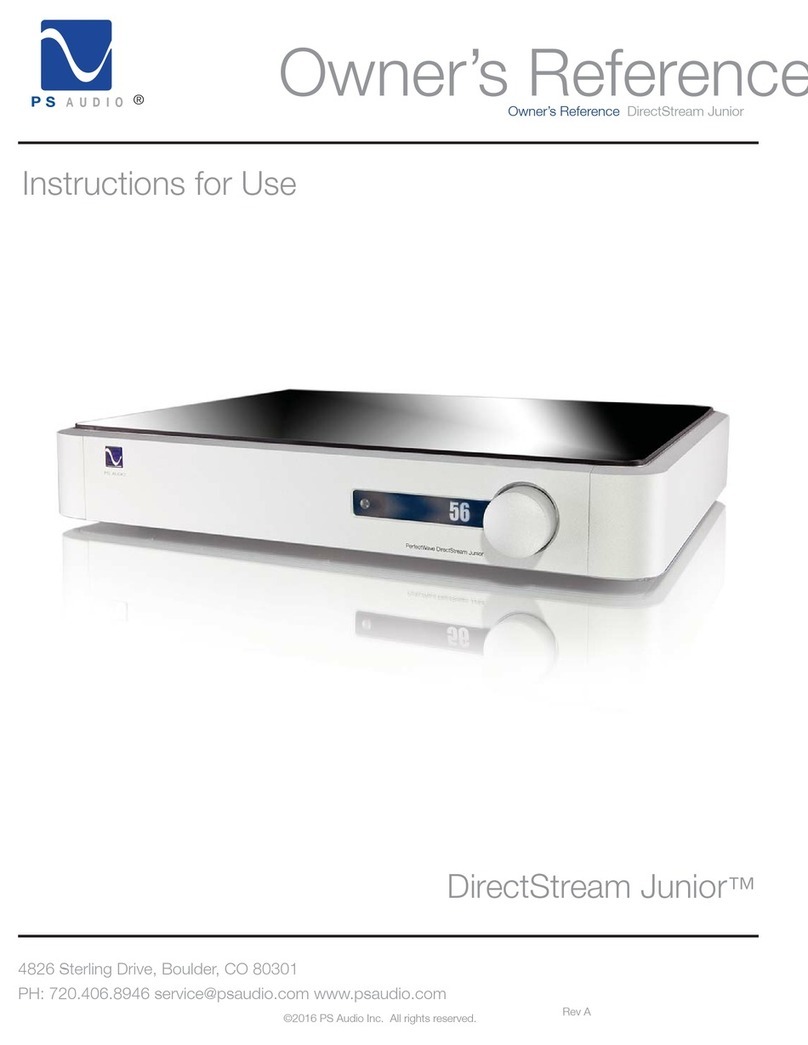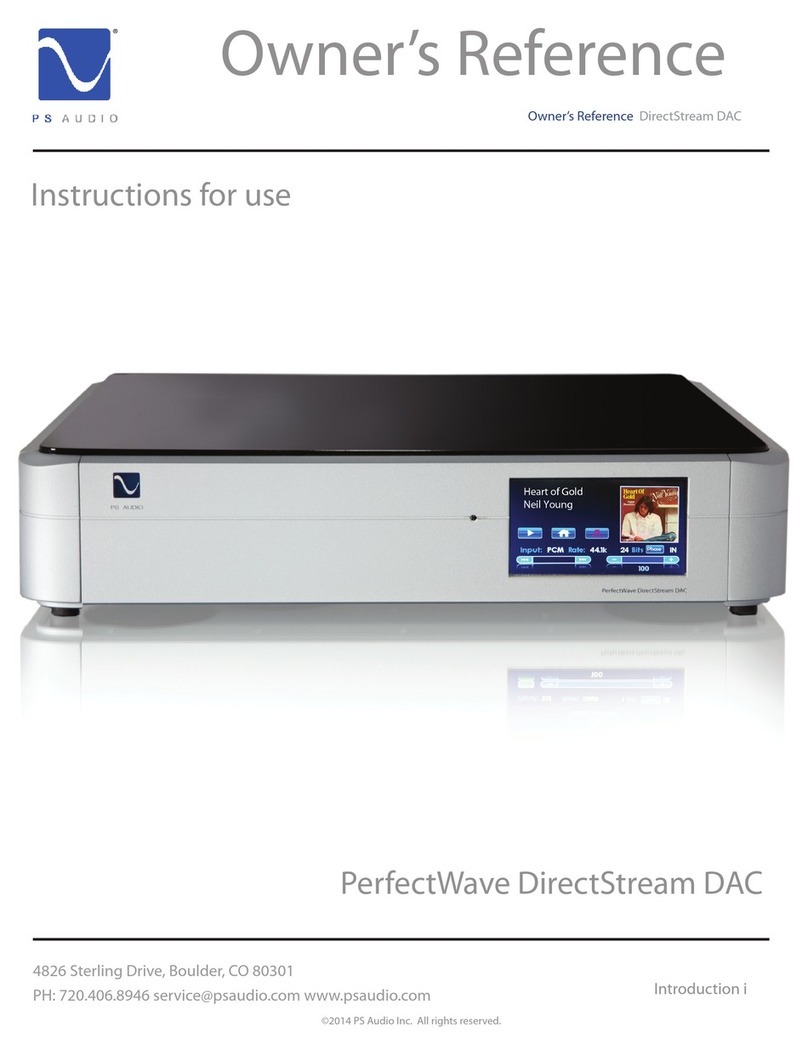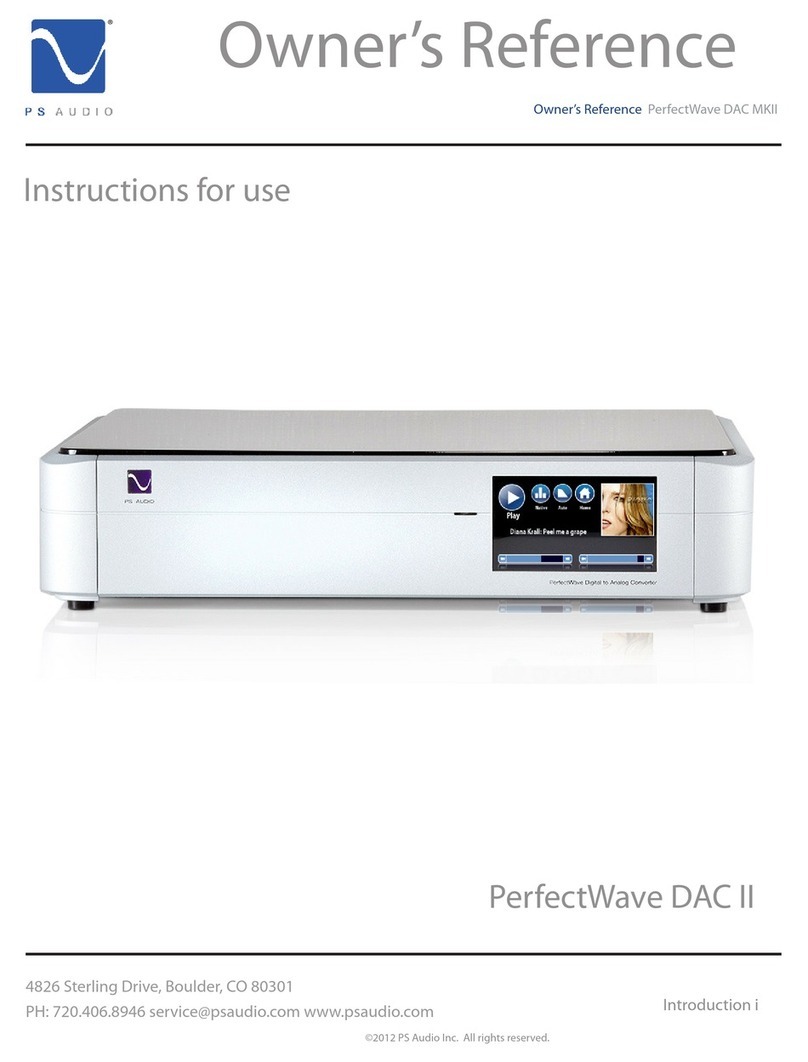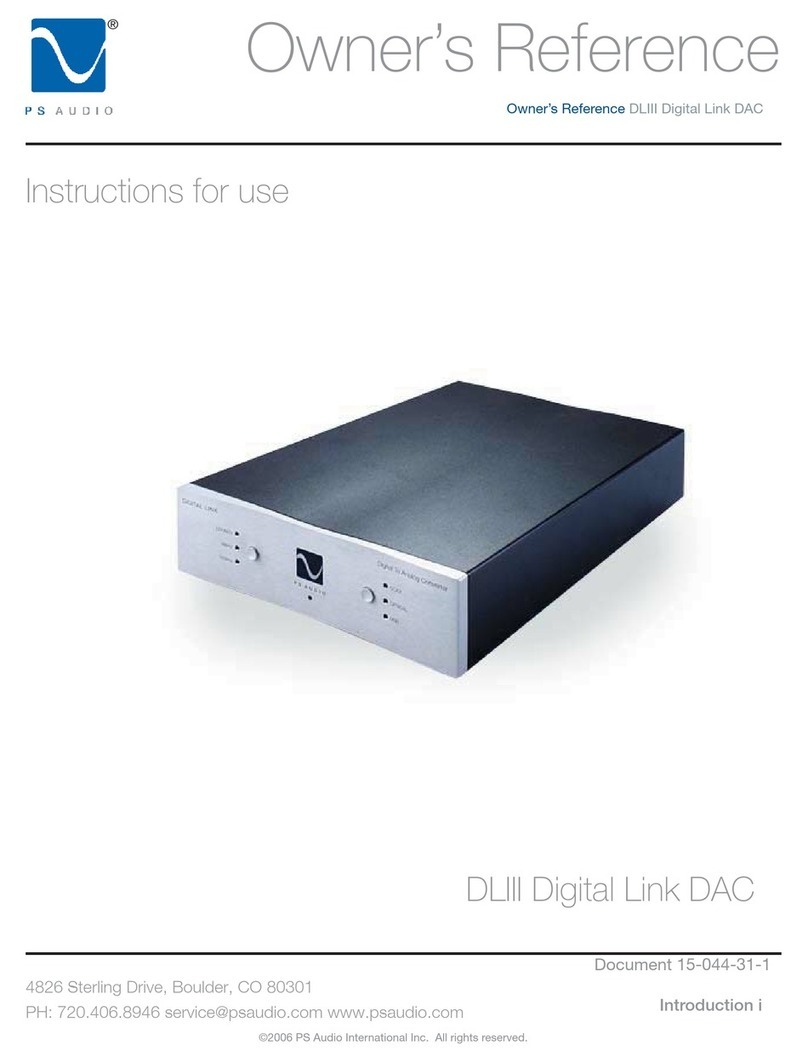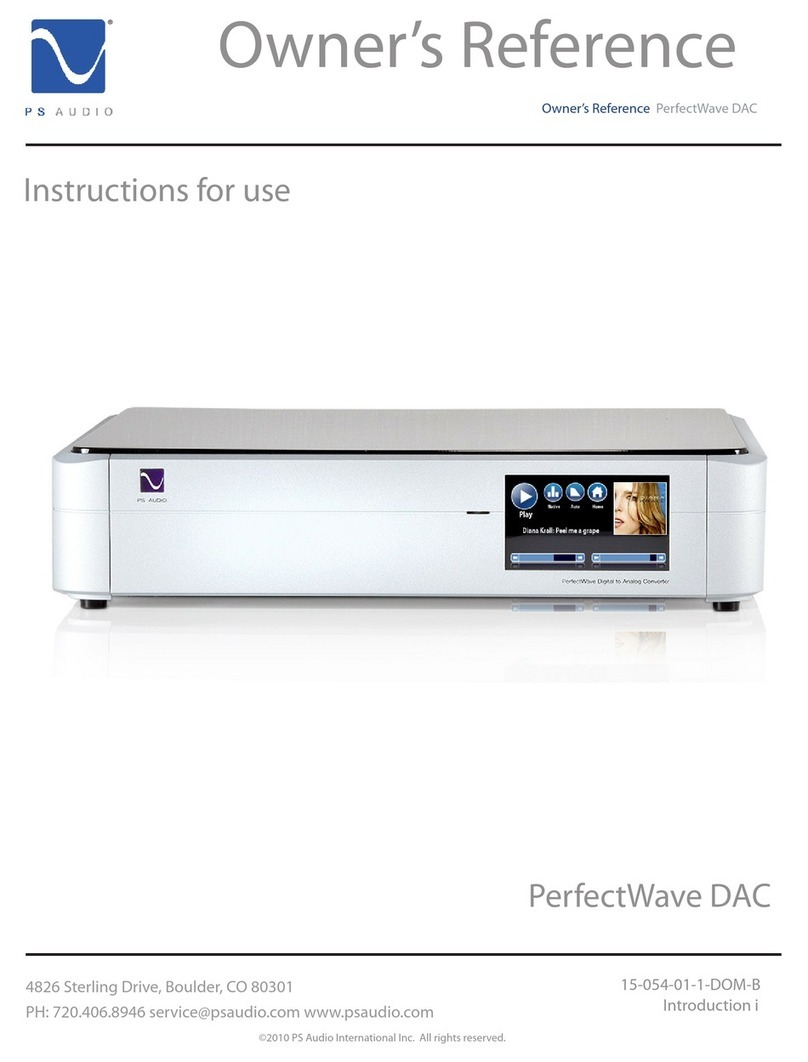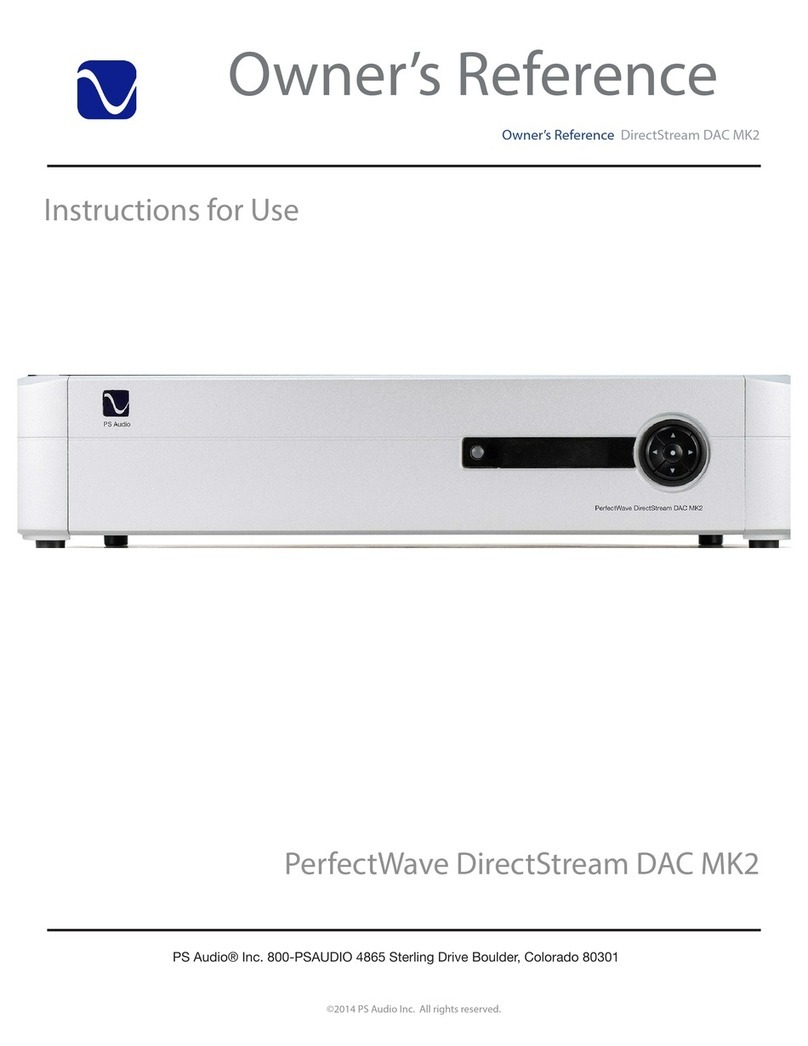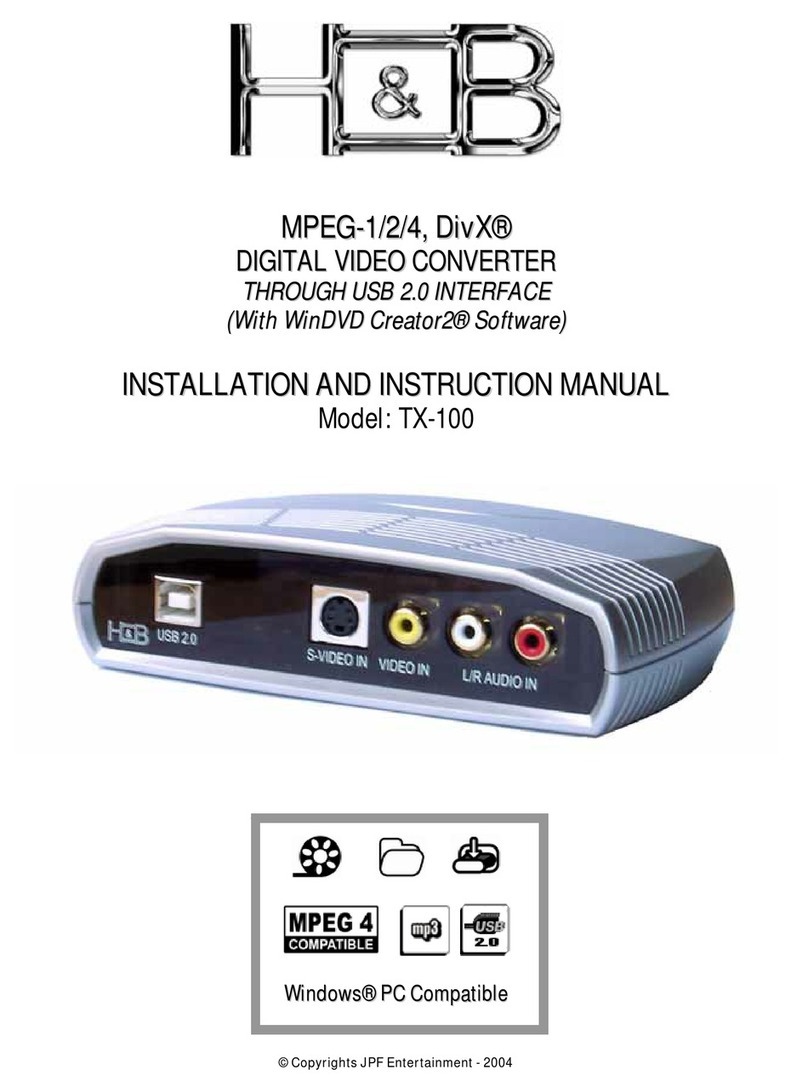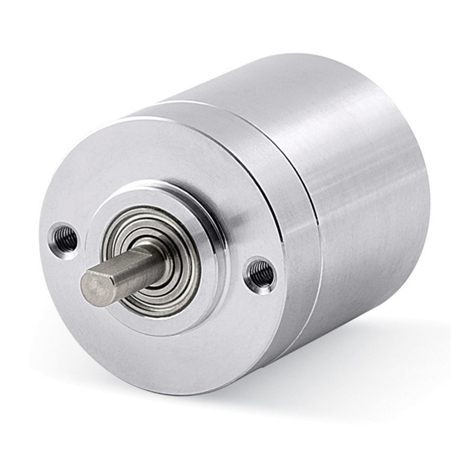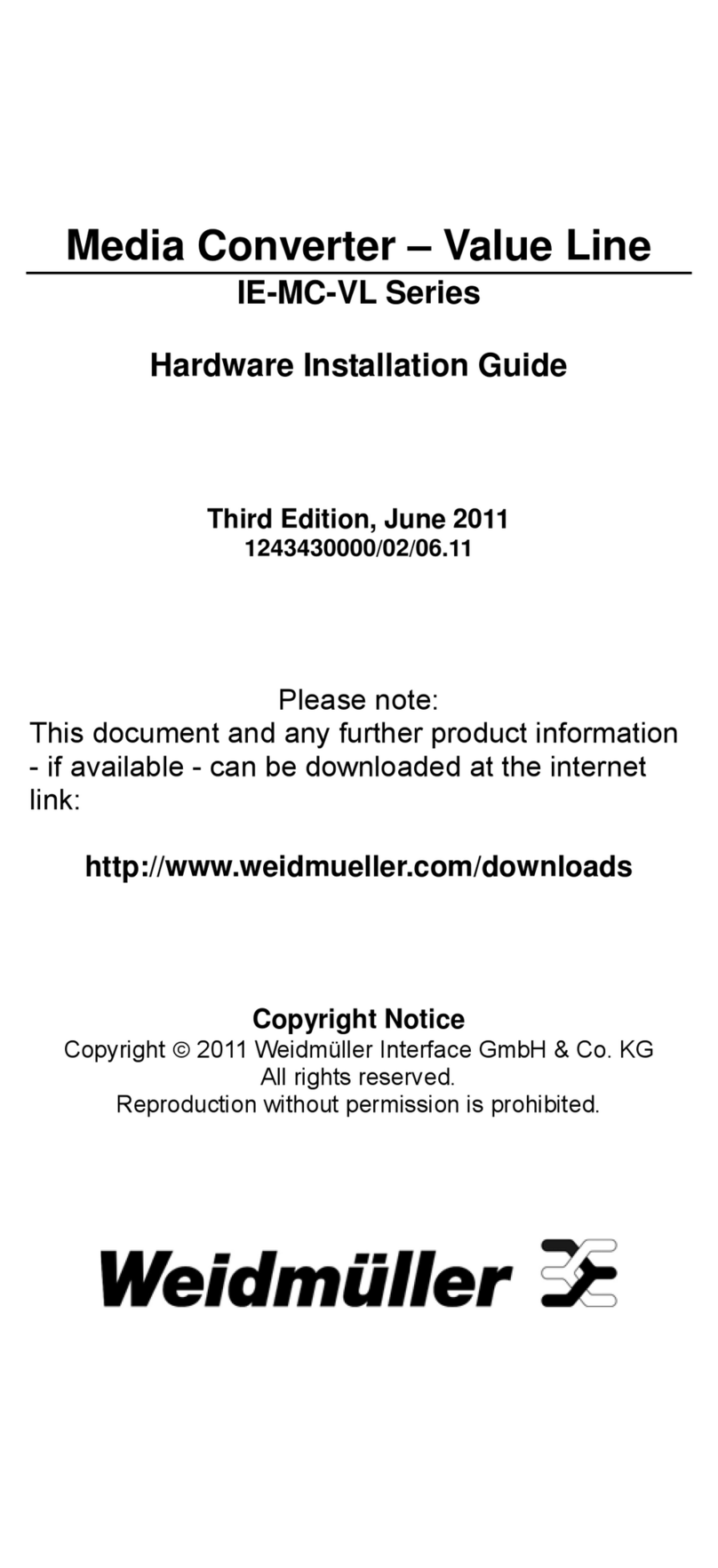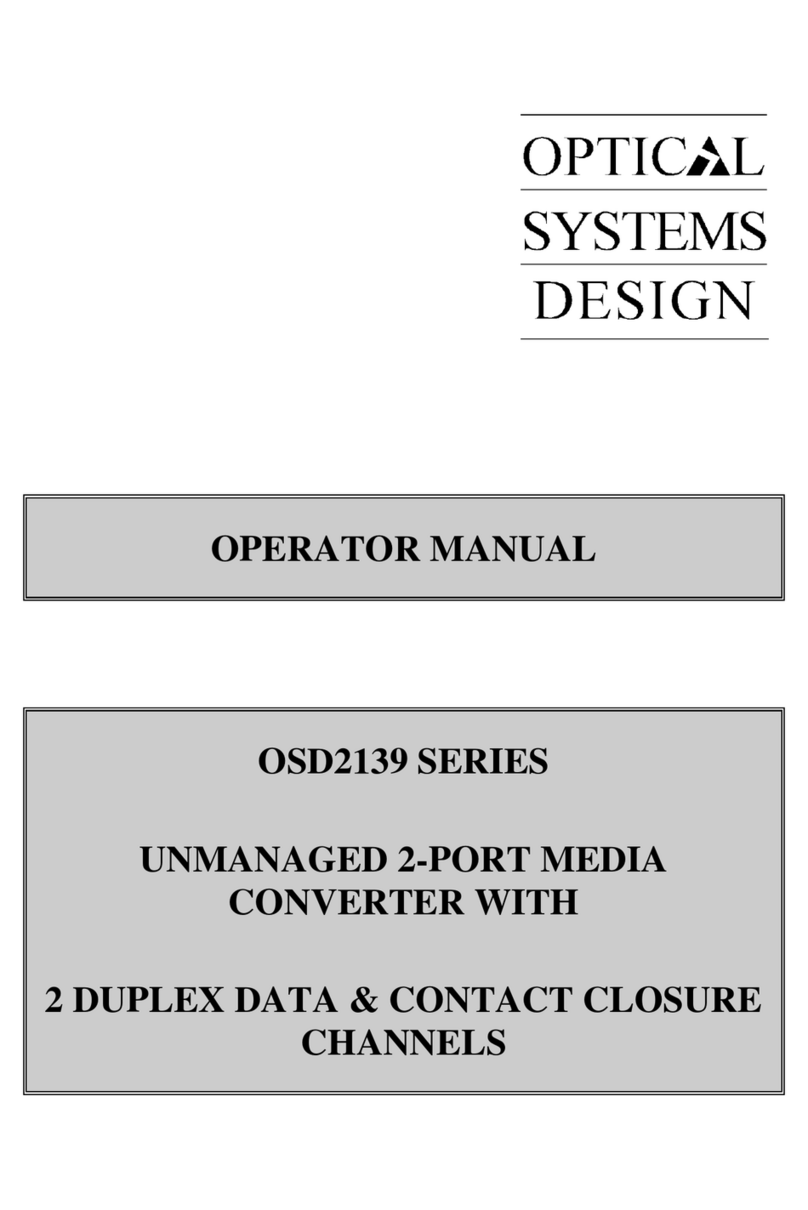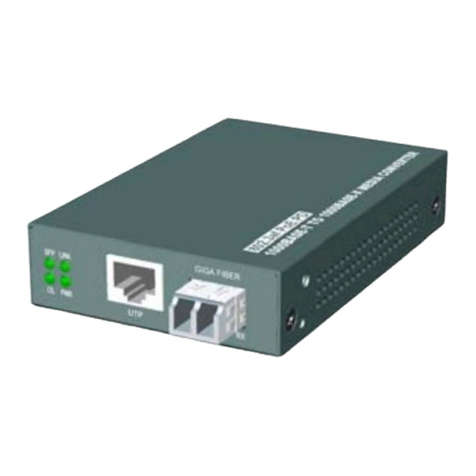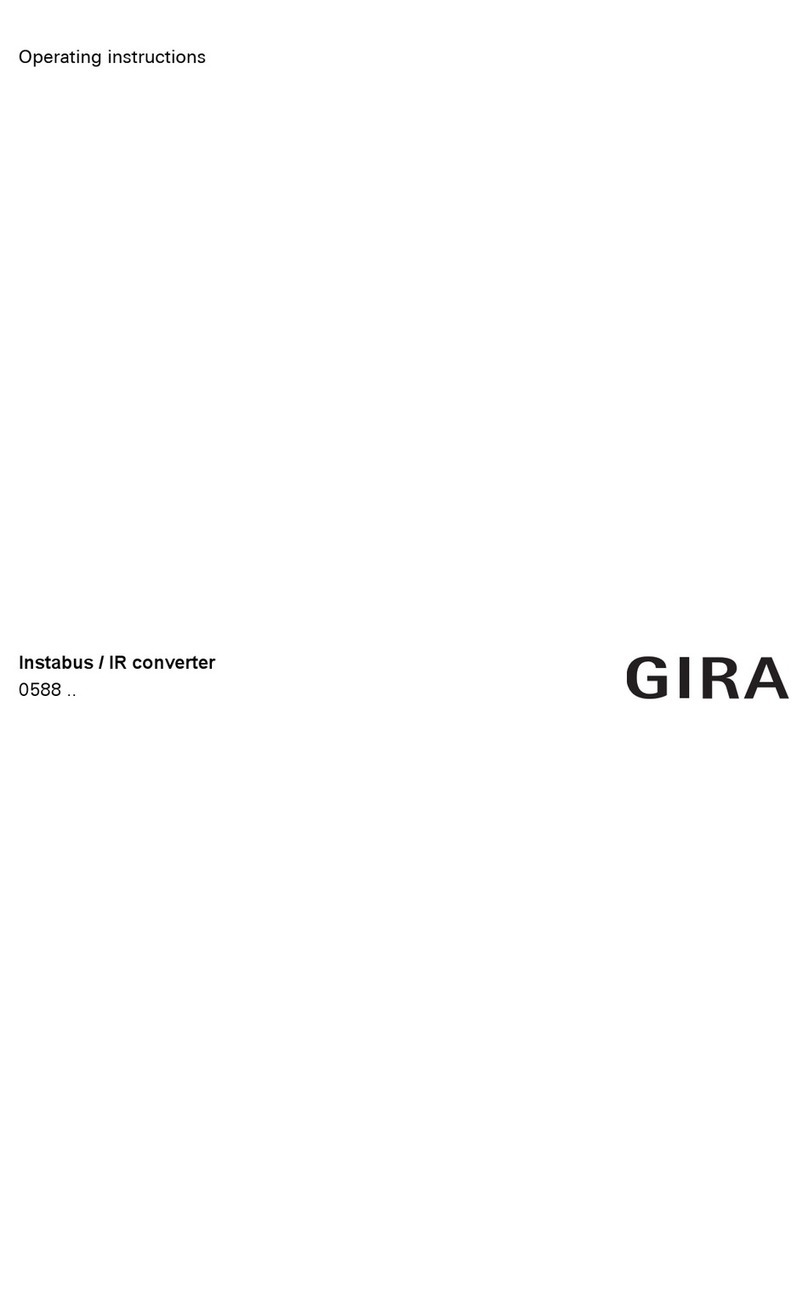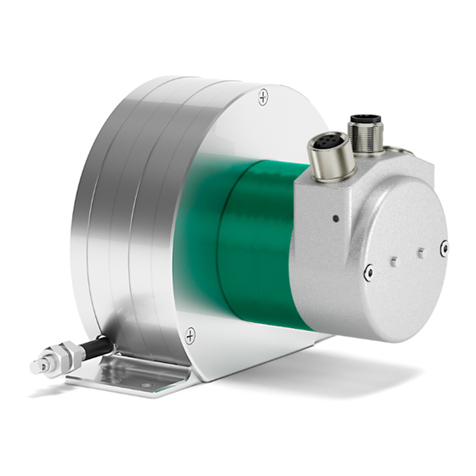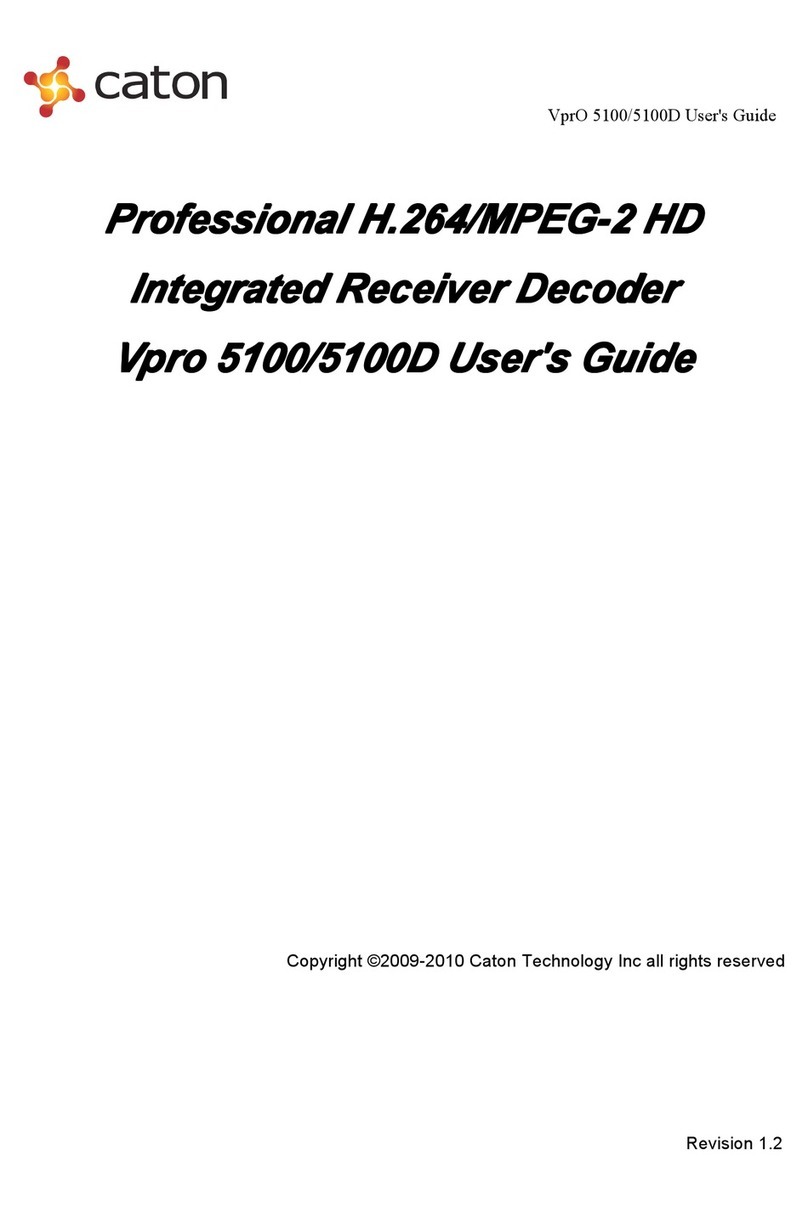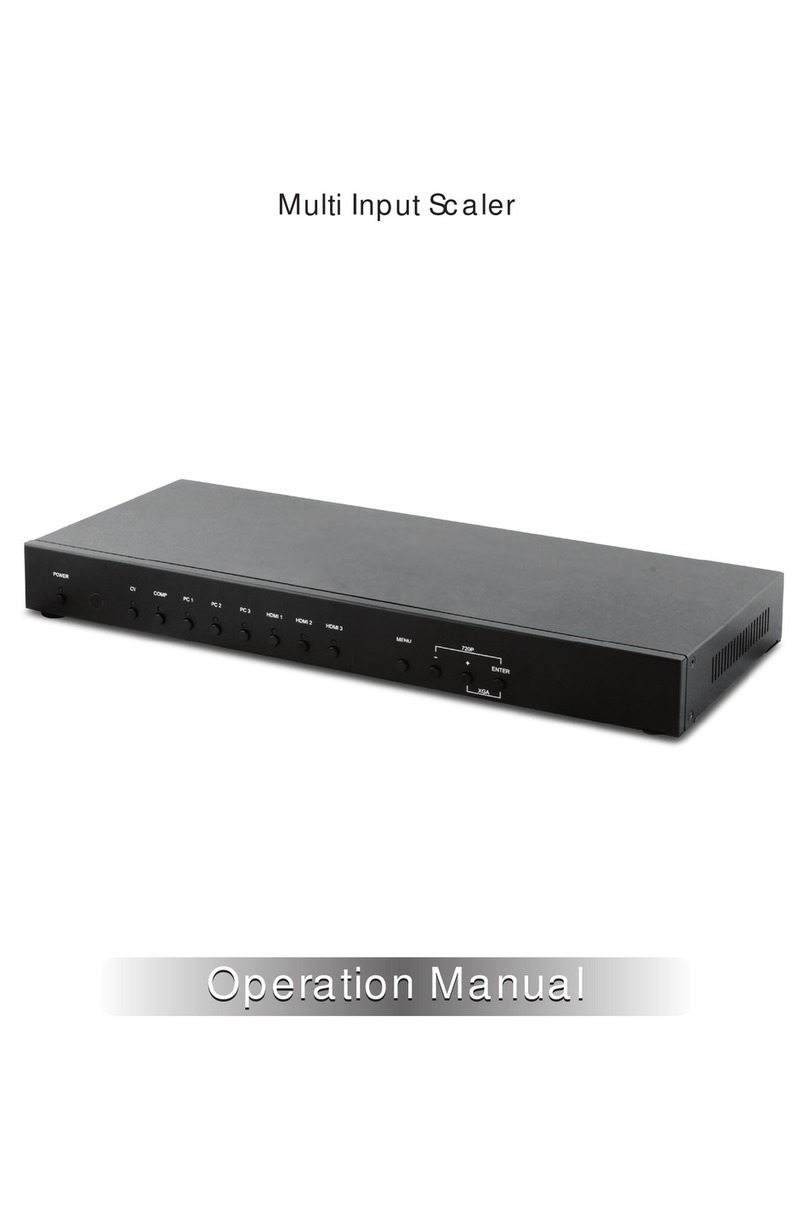
Control & Operation
®
4826 Sterling Drive, Boulder, CO 80301
15-042-21-1 Rev A
Instruction i
©2010 PS Audio International Inc. All rights reserved.
;OL7>+OHZ[^VIHZPJ[`WLZVMÄS[LYZ^P[OZL]LYHS
JVTIPUH[PVUZVM[OL[^VH]HPSHISL;OL[^VÄS[LY[`WLZHYL!
Linear Phase and Minimum Phase as well as Recursive Non-
/HSM)HUK^OPJOPZIHZPJHSS`HJVTIPUH[PVUVM[OLÄYZ[[^V
>P[OPU[OLZL[^VTHPUÄS[LY[`WLZ3PULHYWOHZLHUK4PUPT\T
[OLYLHYLZL]LYHS]HYPH[PVUZ[VJOVVZLMYVTVULHJOÄS[LY
including Apodising and Soft Knee Filters.
From a user perspective, we recommend choosing whichever
ÄS[LYZV\UKZ[OLILZ[[V`V\^P[OV\[ILPUNV]LYS`JVUJLYULK
about understanding these extraordinarily complicated subjects.
Our favorite on the PS system is Minimum Phase Apodising
“MP Apod” on the touch screen.
(IYPLML_WSHUH[PVUVMLHJOÄS[LY[`WLHWWLHYZILSV^
3PULHY7OHZLHUK4PUPT\T7OHZLÄS[LYZ
3PULHYWOHZLÄS[LYZOH]LILLU^PKLS`\ZLKPU+(*:MVYV]LY
20 years because they introduce no group-delay distortion,
minimize post ringing and have a phase response that is
the same for all frequencies but at the cost of pre-ringing.
*VU]LYZLS`TPUPT\TWOHZLÄS[LYZOH]LZVTLNYV\WKLSH`
distortion, some minimal phase shift with frequency but little
pre-ringing.
4VZ[+(*KPNP[HSÄS[LYKLZPNUZ[LUK[VMVJ\ZVU[OLMYLX\LUJ`
response and neglect the time domain response. However there
is now an increasing interest in the effect that time-domain
WYVWLY[PLZVM[OLZLÄS[LYZOH]LVU[OLWLYJLP]LKH\KPVX\HSP[`
[O\Z[OL7>+VMMLYZHJOVPJLIL[^LLUKPMMLYLU[ÄS[LY[`WLZ
described in this section.
.LULYHSS`ZWLHRPUNSPULHYWOHZLÄS[LYZHYLMVJ\ZLKVU
TH_PTPaPUN[OLMYLX\LUJ`KVTHPU^OPSLTPUPT\TWOHZLÄS[LYZ
are designed to maximize the time-domain performance.
Group delay is a time domain issue where different frequencies
HYYP]LZSPNO[S`V\[VM[PTL^P[O[OLV[OLYMYLX\LUJPLZ(ÄS[LY^P[O
UVNYV\WKLSH`Z\JOHZHSPULHYÄS[LYTLHUZ[OH[HSSMYLX\LUJPLZ
arrive at the same time). The issue from an audibility standpoint
is then how much group delay is audible and acceptable?
Research has shown the ear is relatively insensitive to group
delay distortion of several milliseconds for low frequencies (less
than1kHz) and insensitive to +/-0.5ms over the 1-5kHz band.
Other work shows that the sensitivity to group delay distortion
falls after 4kHz and therefore group delay distortion in the upper
regions of the audio band is much less audible. For a typical
TPUPT\TWOHZLÄS[LYKLZPNULKMVYR/a[OLNYV\WKLSH`
distortion up to 10kHz is under 2 samples (less then 46μs) and
TH`ILPUH\KPISL;OLTPUPT\TWOHZLÄS[LYZ\ZLKPU[OL7>+
have group delay that we feel is inaudible.
Pre-ringing (or Pre-echo) is an interesting type of distortion.
It is a type of additive distortion to the waveform that occurs
before the actual event (sound) occurs and is a product of linear
WOHZL-09KPNP[HSÄS[LYZ;OLLHYHWWLHYZ[VIL]LY`ZLUZP[P]L[V
this type of pre-echo because re-ringing rarely occurs naturally.
As you can imagine it is very rare to hear the artifacts of the
distortion before the originating sound reaches the listener.
Apodising and slow roll off response
;OL7>+VMMLYZIV[OSPULHYHUKTPUPT\TWOHZLÄS[LYJOVPJLZ
along with a Recursive Non-Half Band type, which is a
combination of both. Within each choice of linear and minimum
WOHZLÄS[LYZ[OL\ZLYOHZ[OLHIPSP[`[VJOVVZLLP[OLY(WVKPZPUN
or Soft Knee choices.
(U(WVKPZPUNÄS[LYPZVUL[OH[JHUIL\ZLK[VJVU[YVS[OL[PTL
smear of a whole recording and reproducing chain. This type
VMÄS[LYJHUYLK\JL[OLWYLHUKWVZ[YPUNPUNVM[OLPTW\SZL
YLZWVUZLPUIV[OSPULHYHZ^LSSHZHTPUPT\TWOHZLÄS[LY
choices.
:VM[2ULLÄS[LYZ[HRLHK]HU[HNLVM[OLSHYNLY[YHUZP[PVUIHUK[V
YLK\JL[OLKPZWLYZPVUHUKKLSH`[OYV\NO[OLÄS[LY0UZ[LHKVM[OL
JSHZZPJ¸)YPJR^HSS¹ÄS[LYHWWYVHJOVMJ\[[PUNL]LY`[OPUNHIV]L
[OLWHZZIHUKVMM]LY`ZOHYWS`HZVM[RULLÄS[LYKVLZ[OPZPUH
gentler fashion, thus minimizing group delay problems.
;OYLLVM[OLÄS[LYZ37(WVK47)37:VM[^PSSOH]LHZSPNO[
high frequency roll off within the audio band (20kHz) when you
are using 44.1kHz modes (Native and 44.1) and playing 44.1kHz
material (CD’s). We have included graphs of the frequency
YLZWVUZLVML]LY`ÄS[LYMVY`V\[VZLL;OLH\KPISLLMMLJ[ZVM
this roll off are minimal at best. The most extreme roll off in the
ZLYPLZVMÄS[LYZPZ37(WVKPZPUN^OPJOPZK)KV^UH[ R/a
and -3dB down at 20kHz.
(SSÄS[LYZ^PSSKPZWSH`Y\SLYÅH[MYLX\LUJ`YLZWVUZL[VR/a
while playing 44.1kHz material if you increase the sample rate
to a minimum of 48kHz although we do not believe this is
necessary or warranted.
While no Audiophile wants to hear that there is anything lost
in the music, the facts are pretty clear: these small frequency
KL]PH[PVUZ^P[OKPMMLYLU[ÄS[LYZH[[OLSV^LYZHTWSLYH[LZOH]L
very minimal impact on performance.
;OLÄS[LYJOVPJLZ!
AUTO.
;OPZ^PSSH\[VTH[PJHSS`JOVVZLÄS[LY47:VM[MVYR/aHUK
LP Soft for any higher sample rates. These are the choices we
believe work best.
Owner’s Reference
Perfect Wave DAC
